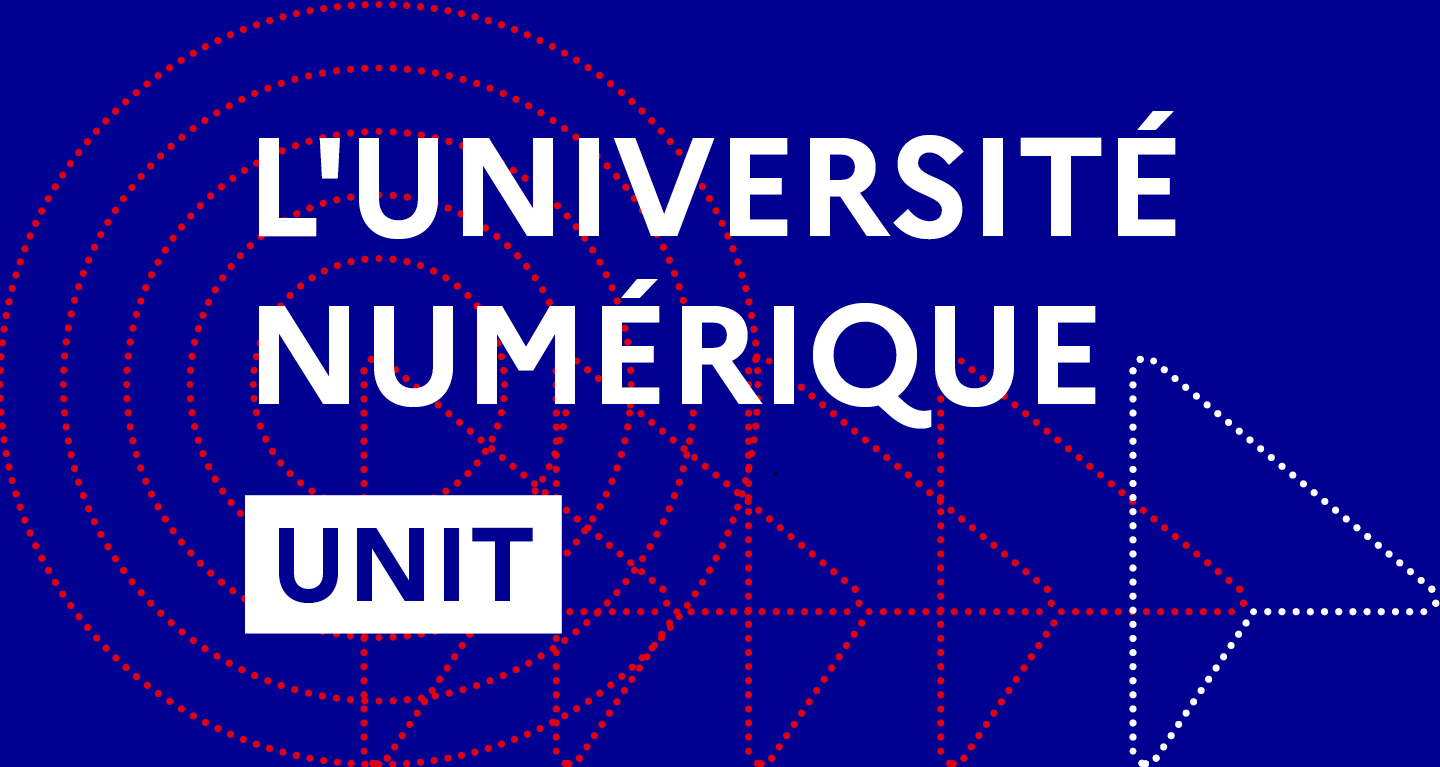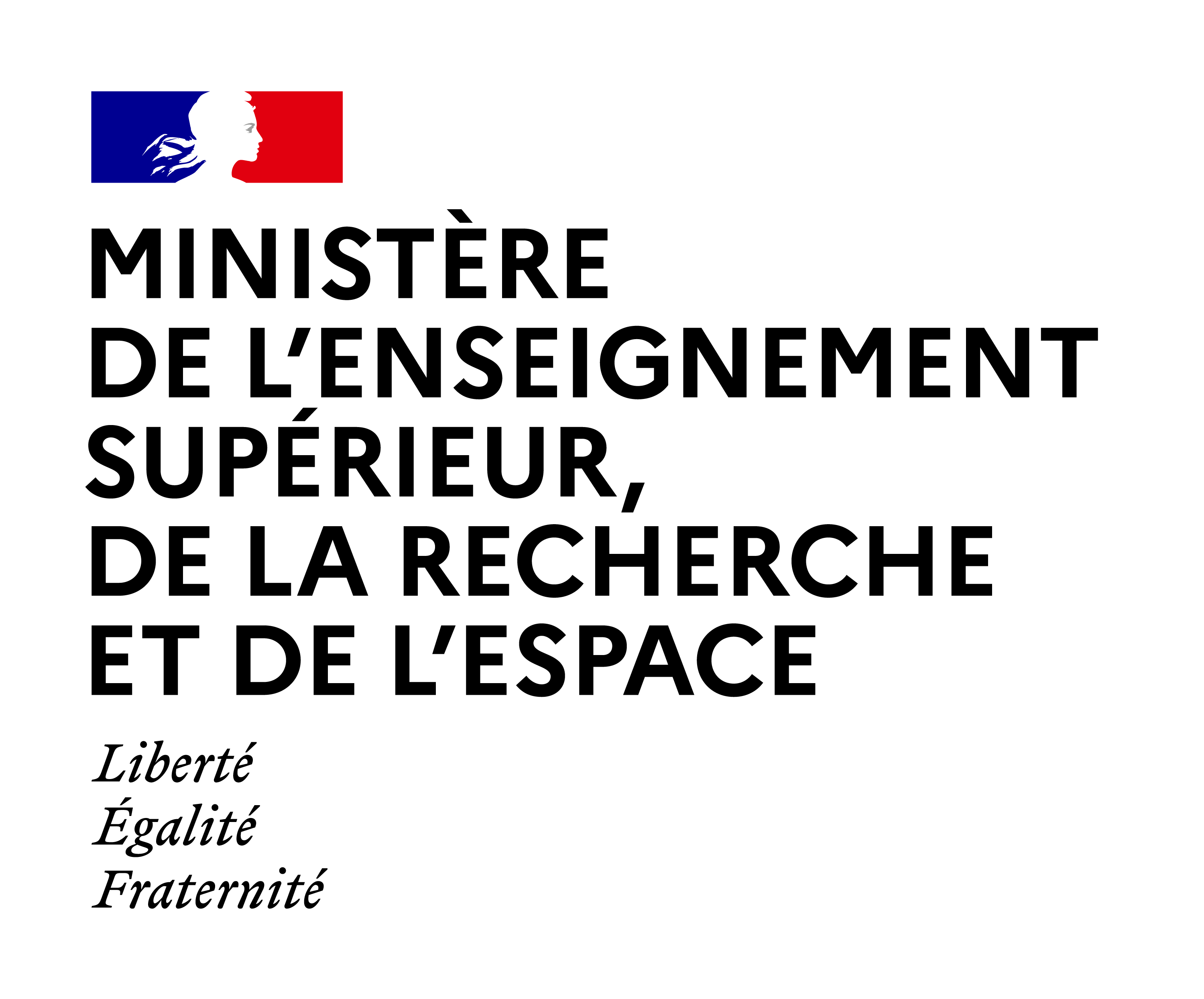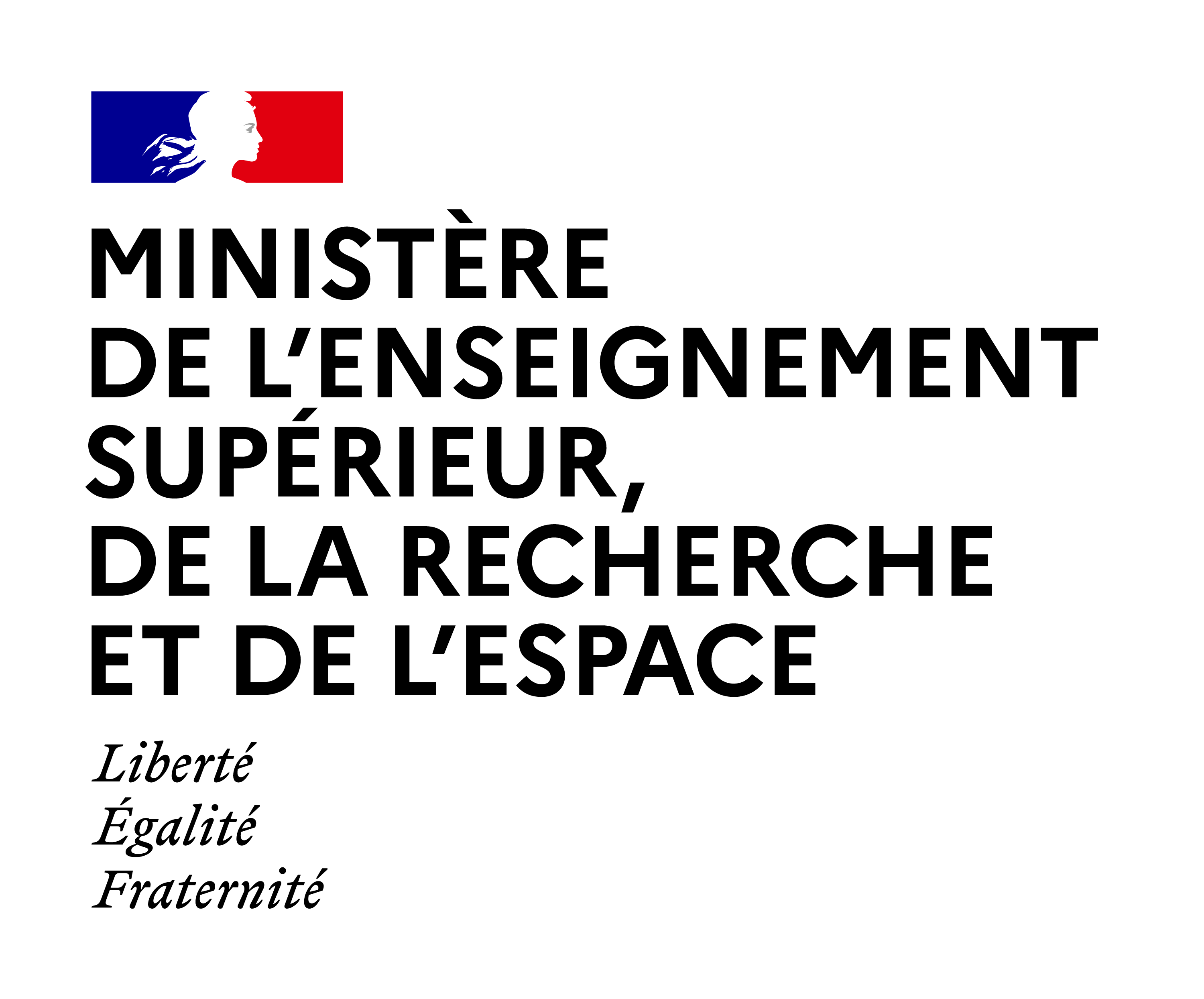
Sommaire
Situated interaction and co-adaptive systems: creating a partnership between people and intelligent systems
Date de création :
19.11.2009Auteur(s) :
Wendy MackayPrésentation
Informations pratiques
Document libre, dans le cadre de la licence Creative Commons (http://creativecommons.org/licenses/by-nd/2.0/fr/), citation de l'auteur obligatoire et interdiction de désassembler (paternité, pas de modification)
Description de la ressource
Résumé
Computer Science developed as a field at a time when computers were expensive, isolated machines run by teams of highly trained engineers. Not surprisingly, the primary focus of Computer Science has been on the computers themselves: how to make them faster, smarter and more efficient. However, computing has changed radically over the past two decades. Computers take many forms and are now ubiquitous, used in ways never imaged by the founders of the field. My goal in this talk is to shift our perspective on computing: Rather than focusing on how to make computers smart, the question is how to use computers to make people smart. The foundations of Human-Computer Interaction build upon our understanding of memory, motor and perceptual skills, allowing us to create interactive systems that augment human capabilities. We are developing a new line of research that creates effective partnerships between people and computers, taking advantage of their respective strengths and minimizing their weaknesses. I will illustrate our approach with a variety of examples, including how we enhance creativity for contemporary music composers, support biologists as they manage large quantities of physical and electronic data, and even help distributed families to stay in touch.
- Granularité : leçon
- Structure : atomique
"Domaine(s)" et indice(s) Dewey
- Programming of user interfaces (005.428)
- Virtual reality (006.8)
Domaine(s)
- Informatique
- Interfaces et interactions Homme - machine
- Informatique
- Informatique
- Réalité virtuelle, retour d'effort
Informations pédagogiques
- Proposition d'utilisation : fait un etat de la recherche sur les interfaces en réalite virtuelle et en Interaction Homme machine - peut être une ressource de référence pour les étudiants / enseignants dans cette matière
Intervenants, édition et diffusion
Intervenants
Édition
- Institut National de Recherche en Informatique et en Automatique
Diffusion
Document(s) annexe(s)
- Cette ressource fait partie de
Fiche technique
- LOMv1.0
- LOMFRv1.0
- SupLOMFRv1.0
- Voir la fiche XML







